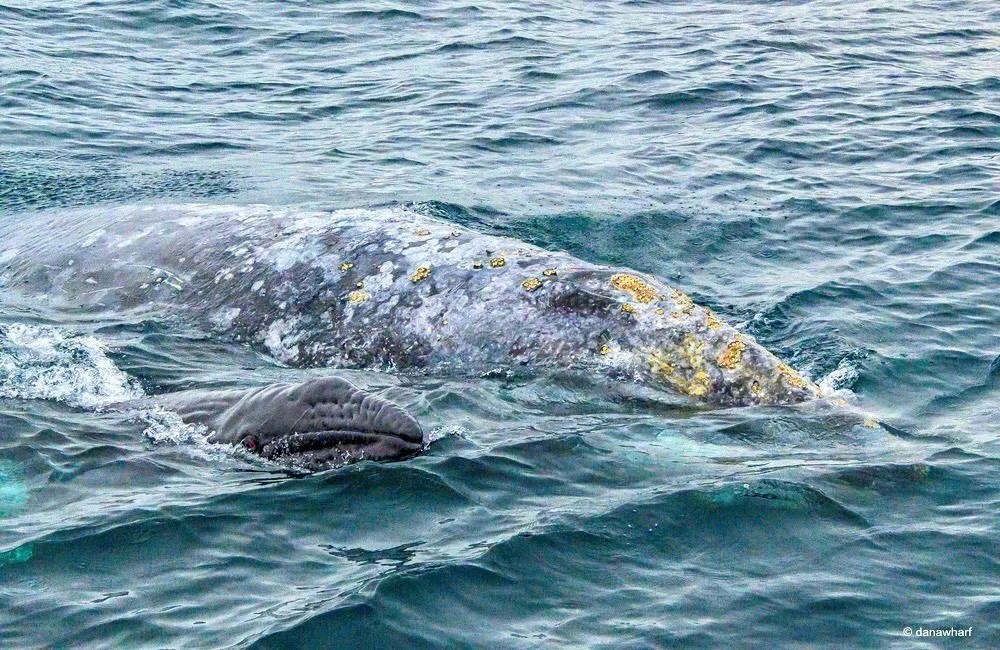Five Facts About Whales—Discovering the Fascinating World of Whales
Whales are some of the most majestic creatures on the planet. These ocean giants have captured the imagination of humans for centuries, and for good reason. From their massive size to their complex social behaviors, there is so much to learn and appreciate about these marine mammals.
In this article, we will dive into the fascinating world of whales and uncover 12 facts that will leave you in awe of these incredible creatures. So grab your binoculars and let’s set sail on a journey to discover the wonders of whales.
What Are Whales?
Before we dive into the facts, let’s first understand what whales are. Whales are marine mammals that belong to the order Cetacea, which also includes dolphins and porpoises. They are divided into two suborders: baleen whales and toothed whales.
Baleen whales, also known as mysticetes, have baleen plates in their mouths that they use to filter food from the water. Toothed whales, or odontocetes, have teeth and use echolocation to navigate and hunt for prey.
Now that we have a basic understanding of what whales are, let’s explore some fascinating facts about these incredible creatures.
12 Facts About Whales
1. Whales Are the Largest Animals on Earth
It’s no secret that whales are big, but just how big are they? Well, the blue whale, the largest species of whale, can grow up to 100 feet long and weigh up to 200 tons. That’s the equivalent of about 33 elephants!

2. Whales Have Complex Social Behaviors
Whales are highly social animals and have complex social behaviors. They live in groups called pods, which can range from a few individuals to hundreds. They communicate with each other through a variety of sounds, including clicks, whistles, and songs.
3. Whales Can Hold Their Breath for a Long Time
Whales are mammals, which means they need to breathe air to survive. However, they can hold their breath for a surprisingly long time. The sperm whale, for example, can hold its breath for up to 90 minutes while diving for food.
4. Whales Have a Unique Way of Feeding
As mentioned earlier, baleen whales have baleen plates in their mouths that they use to filter food from the water. They do this by taking in a mouthful of water and then pushing it out through the baleen, trapping small fish and plankton inside.
5. Whales Have a Thick Layer of Blubber

Whales have a thick layer of blubber, or fat, under their skin. This layer helps to insulate them and keep them warm in the cold ocean waters. It also serves as a source of energy when food is scarce.
6. Whales Are Migratory Animals
Many species of whales are migratory, meaning they travel long distances between their feeding and breeding grounds. Some species, like the humpback whale, can travel up to 16,000 miles in a single year.
7. Whales Have a Unique Way of Sleeping
Whales are conscious breathers, which means they have to think about breathing rather than it happening automatically like it does for humans. This means that they can’t fall into a deep sleep like we do. Instead, they rest half of their brain at a time, allowing them to continue swimming and surfacing for air.
8. Whales Have a Long Lifespan
Whales have a longer lifespan than most other animals. The bowhead whale, for example, can live up to 200 years, making it one of the longest-living mammals on Earth.
9. Whales Have a Unique Way of Communicating
Whales use a variety of sounds to communicate with each other, including clicks, whistles, and songs. These sounds can travel for long distances underwater and are used for a variety of purposes, such as finding food, navigating, and socializing.
10. Whales Are Vital to the Ocean Ecosystem
Whales play a crucial role in the ocean ecosystem. As filter feeders, they help to maintain a healthy balance of plankton in the ocean. They also provide nutrients to other marine animals through their waste and when they die and sink to the ocean floor.
11. Whales Are Threatened by Human Activities
Unfortunately, many species of whales are threatened by human activities such as pollution, overfishing, and climate change. It’s estimated that over 300,000 whales and dolphins die each year due to entanglement in fishing gear.
12. You Can See Whales Up Close with Dana Wharf Whale Watching

If you want to experience the wonder of whales for yourself, consider going on a whale watching tour with Dana Wharf Whale Watching. Located in Dana Point, California, this company offers year-round whale watching tours where you can see a variety of whale species, including blue whales, humpback whales, and gray whales.
Whales are truly remarkable creatures that continue to fascinate and amaze us. From their massive size to their complex social behaviors, there is so much to learn and appreciate about these marine mammals. By understanding and protecting these incredible animals, we can ensure that future generations will also have the opportunity to discover the wonders of whales.
